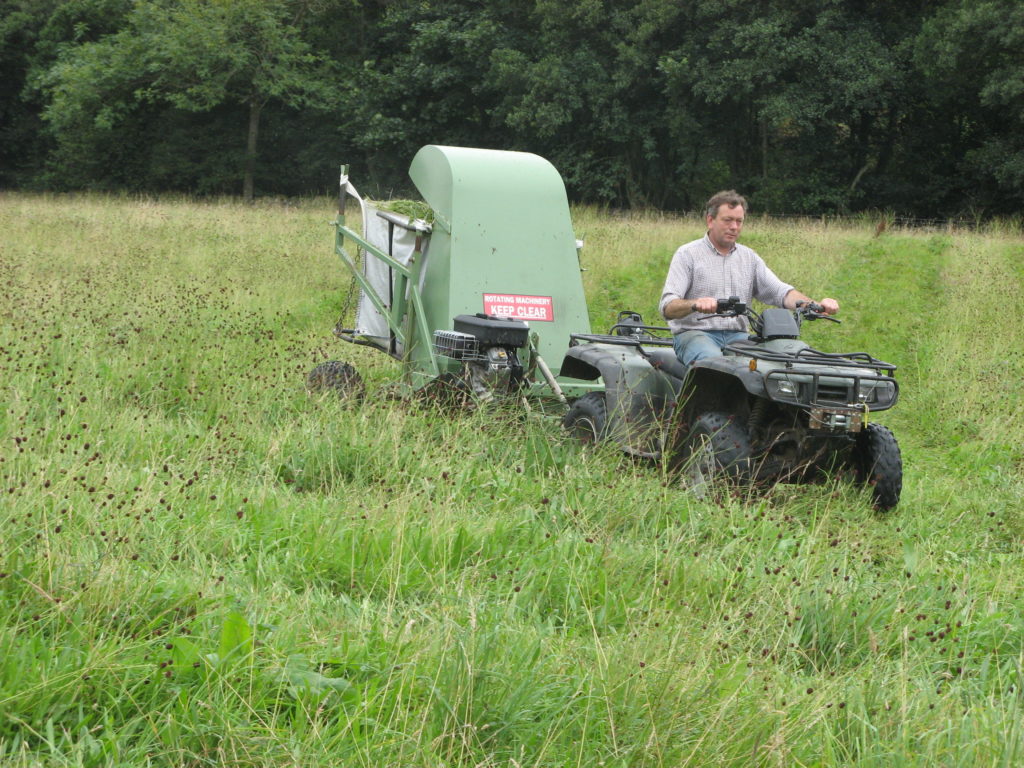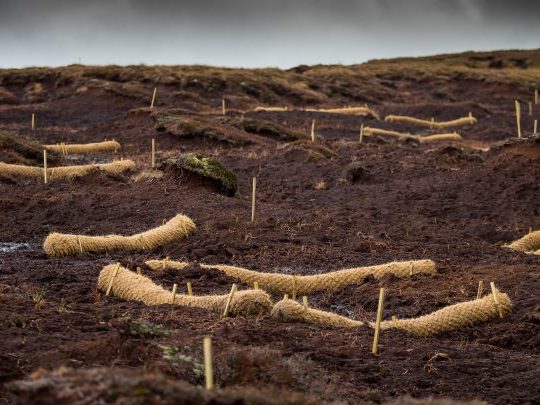What’s special?
Archaeology: Roman
Roman (cAD80-AD410)
The Roman occupation of Britain began in AD43, and although there was some opposition to Roman rule amongst the native tribes of what is now northern England, the North Pennines had been absorbed into the empire by the end of the first century.
During the latter half of the first century, a network of Roman roads, studded with forts and marching camps, was constructed to enable troops to pass unhindered across northern England. The North Pennines were effectively enclosed by such roads: to the east, Dere Street, the great highway from York up into Scotland passed through Binchester, Lanchester, Ebchester and Corbridge; to the north the Stanegate led from Corbridge to Carlisle; to the west, the road south from Carlisle followed a line close to that of the A6 as far as Penrith; from Penrith another main Roman road led to Brough; and from Brough a road through the Stainmore Gap along the line of the A66 (passing through the AONB, past the marching camp at Rey Cross) linked up with Dere Street just south of Binchester.
The Maiden Way, Whitley Castle and Roman lead mining
The so-called Maiden Way crossed the high ground between the forts at Kirkby Thore and Carvoran (on the Stanegate) passing close by Alston where the fort of Whitley Castle was constructed, presumably to oversee lead and silver mining in the region.
Although clear evidence of Roman lead mining in the North Pennines has yet to be established, it seems inconceivable that it not take place here: indeed, the desire to incorporate North Pennine mineral resources within the empire may well have been a key factor in the Roman decision to invade and occupy northern England. From the 120s, Hadrian’s Wall ran just to the north of the AONB, which remained within the empire through until the Roman withdrawal in the early 5th century.
The Roman road network linked the area to the rest of the known world, but other than lead mining there seem to have been few developments here and the settlement pattern of dispersed homesteads seems to have developed seamlessly from the preceding Iron Age. It is possible that the people living in these homesteads worked in Roman lead and silver mines, in a similar way to the miner-farmers of post-medieval times, as well as tending their fields. The field archaeology of the Whitley Castle area has been recorded in great detail by English Heritage as part of the Miner-Farmer project, and Altogether Archaeology volunteers have excavated sections acrosss the Maiden Way as well completing a molehill survey (recovering pieces of Roman pottery and other artefacts dug up by the moles) within the fort.
Roman hunting in Weardale
Two 3rd-century altars dedicated to Silvanus, a woodland god often associated with hunting, have been found in Weardale (at Eastgate and on Bollihope Common): both incorporate inscriptions relating to hunting expeditions from Lanchester Fort. These suggest that, although much of valley was settled and farmed, many areas retained a woodland cover and were perhaps reserved for elite hunting expeditions in search of wild boar and other beasts.















